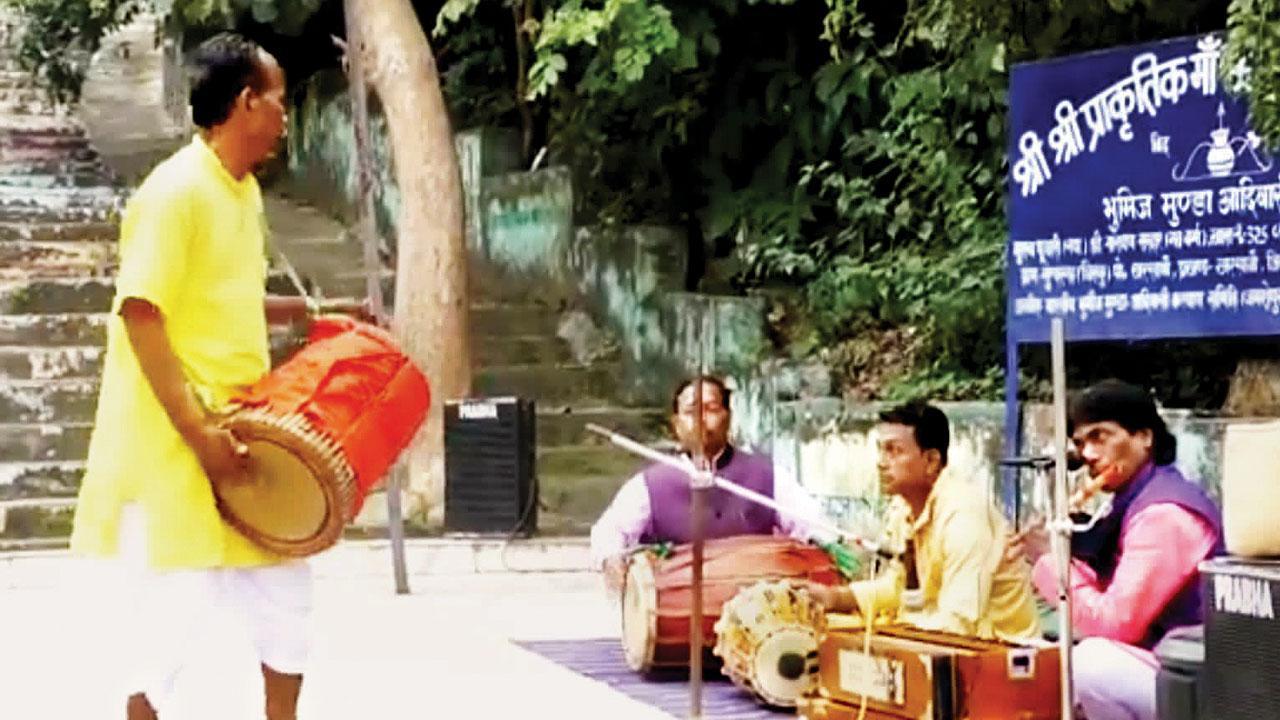Home / Mumbai-guide / Things To Do / Article /
This festival in Mumbai will celebrate the lesser-known art forms from Jharkhand
Updated On: 07 March, 2024 09:03 AM IST | Mumbai | Suprita Mitter
A festival will celebrate lesser-known art forms from Jharkhand

A Kudmali Jhumar performance
In its 13th edition, NCPA’s Living Traditions will shine the spotlight on Jharkhand and present rare art forms of music, dance and folk theatre from the region, some of which will be performed in Mumbai for the first time. The two-day festival will showcase over 100 artistes from six troupes. “Earlier, as part of Living Traditions, we had presented folk art forms from Odisha, Chhattisgarh and Madhya Pradesh, among other states.
This year, while deciding on which state to focus on, we realised that Jharkhand has several unique forms that have not been showcased outside the region, as much,” says Rakesh Tiwari, Sangeet Natak Akademi award-winning folk exponent and curator of the festival. “Formed in 2000, Jharkhand is one of India’s youngest states; it is abundant in natural beauty and resources. The state is equally rich in its cultural heritage. Different tribes have their own sets of songs, dances and dialects,” the curator shares.




